The Roaring Twenties: The Bob and Finger Wave Revolution | A Definitive Guide to 1920s Hairstyles
A New Dawn, A New 'Do: The Roaring Twenties Hair Revolution
The Roaring Twenties was a decade of unprecedented social, artistic, and cultural dynamism. Emerging from the shadow of World War I, society was ready to shed the constraints of the past and embrace a future filled with exuberance and modernity. Nowhere was this transformation more visible than in the world of women's fashion and hairstyles. The long, heavy, and ornate styles of the Victorian and Edwardian eras were literally cut away, replaced by daringly short and sculpted looks that mirrored a new sense of freedom. This was the era of the flapper, the jazz club, and radical change, and at the heart of it all were two iconic styles: the revolutionary bob and the elegant finger wave.
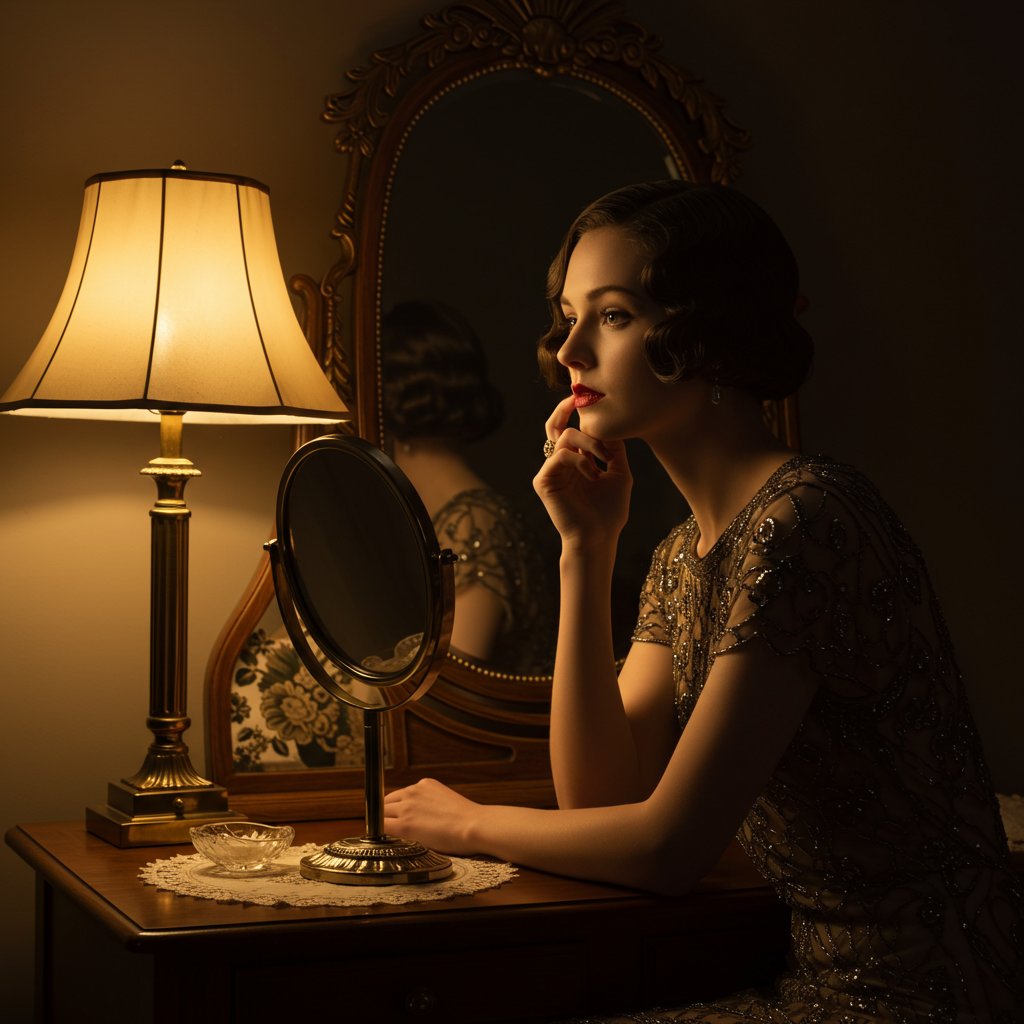
These weren't just haircuts; they were declarations of independence. The bob haircut, in its many forms, was a direct rejection of traditional femininity, a bold statement that women were entering public life, the workforce, and the voting booth on their own terms. Paired with the meticulous artistry of the finger wave, these styles created a look that was both boyishly rebellious and exquisitely glamorous. This guide delves into the history, technique, and enduring legacy of the Roaring Twenties' most influential hairstyles, exploring how the bob and the finger wave didn't just define a decade—they forever changed our relationship with hair.
From the smoky speakeasies of New York to the chic salons of Paris, the story of 1920s hair is a story of liberation. It's about the tools that made new looks possible, the icons who made them famous, and the cultural shifts that made them necessary. Join us as we explore the bob and finger wave revolution, a pivotal moment in hair history that continues to inspire stylists and fashion enthusiasts a century later, proving that a truly great hairstyle is always timeless.
The Cultural Shift: Why Hair Became a Symbol of Rebellion
The dramatic shift in hairstyles during the Roaring Twenties was not a mere fashion trend; it was a profound cultural statement rooted in the immense social upheaval of the time. The end of World War I in 1918 acted as a catalyst, dismantling old social structures and creating a collective desire for a fresh start. Women, who had taken on new roles and responsibilities in factories and offices while men were at war, were unwilling to return to the restrictive domestic sphere. This newfound sense of autonomy was powerfully symbolized by the act of cutting their long hair, a traditional symbol of femininity and domesticity.
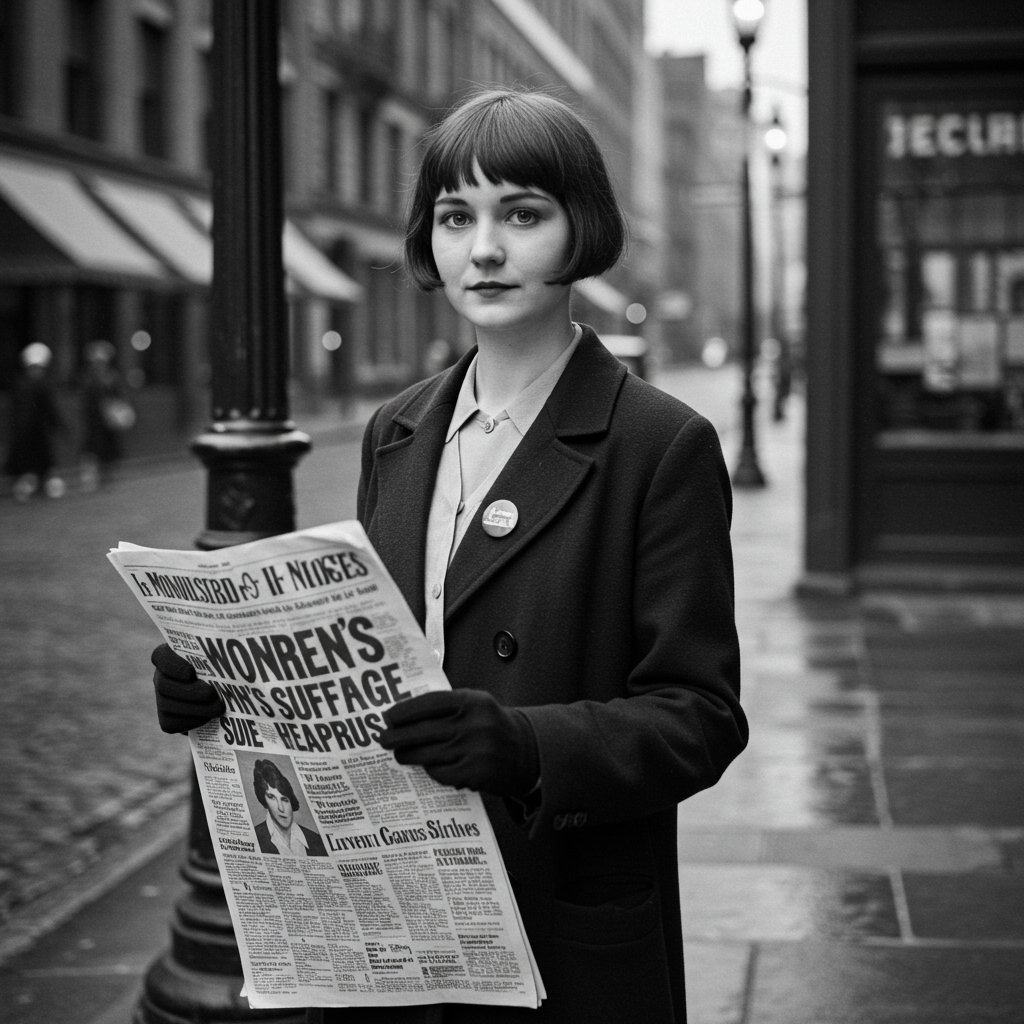
This era saw the rise of the 'New Woman,' epitomized by the flapper. Flappers rejected the rigid moral and social codes of their parents' generation. They smoked, drank, danced to jazz music, and demanded social and political equality, newly empowered by the passage of the 19th Amendment which granted many women the right to vote in 1920. The bob haircut became their uniform. It was practical for the active, fast-paced lifestyle they embraced. It was androgynous, challenging traditional gender norms. For a woman to 'bob' her hair was a public act of defiance, often met with shock and disapproval from older generations, but celebrated by her peers as a rite of passage into modernity.
Beyond its symbolism, the short haircut was also a practical choice that reflected technological and economic changes. As more women entered the workforce, they needed hairstyles that were easier to manage and maintain than the elaborate updos of the past. The growing popularity of the automobile meant women needed styles that wouldn't be ruined by an open-air drive. In essence, the bob was the perfect hairstyle for a woman on the move, a woman who was no longer confined to the home but was an active participant in the roaring, modern world.
The Birth of the Bob: More Than Just a Haircut
While the 1920s cemented the bob's place in history, its origins began earlier. The trend is often credited to the famous ballroom dancer Irene Castle, who cut her hair short for convenience before World War I, creating what became known as the 'Castle Bob.' However, it was the post-war atmosphere of the twenties that turned it into a mass phenomenon. The bob was not a single, monolithic style; it was a versatile cut with numerous variations, each carrying its own distinct personality.
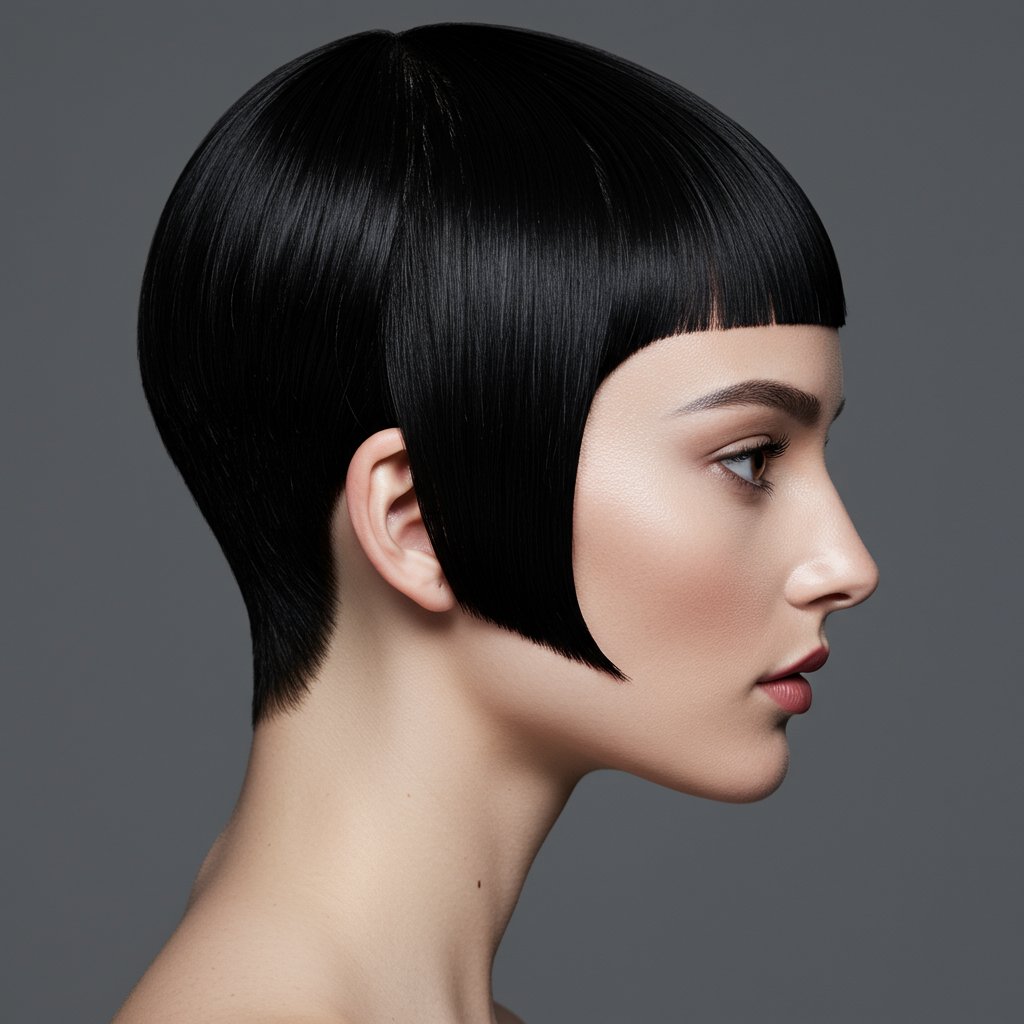
Variations on a Revolutionary Theme
- The Classic Bob: Typically cut to chin-length, often with a straight, heavy fringe (bangs), this was the foundational look that started it all.
- The Dutch Boy Bob: A blunt cut with a heavy, bowl-like fringe that curved around the face, famously worn by actress Colleen Moore. It had a youthful, almost childlike innocence that starkly contrasted the rebellious spirit it often represented.
- The Eton Crop: The most daring and boyish of all bobs. This style was cut very short at the back and sides, slicked down and parted sharply on the side. It was named after the hairstyles of students at England's prestigious Eton College and was popularized by icons like the dancer Josephine Baker, representing the ultimate rejection of traditional femininity.
- The Shingle Bob: An evolution of the Eton Crop, this cut was tapered into a V-shape at the nape of the neck, resembling a man's haircut. It required frequent visits to the barbershop or salon to maintain its sharp lines, further cementing the importance of professional hair care in a woman's routine.
The bob's popularity was fueled by Hollywood. Actresses like Clara Bow, Colleen Moore, and especially Louise Brooks, with her severe, helmet-like black bob, became international style icons. Their on-screen portrayals of modern, independent women made the bob the most coveted hairstyle of the decade. It was more than a cut; it was an identity, a way for women everywhere to align themselves with the glamour and liberation they saw on the silver screen.
Mastering the Finger Wave: The Art of Sculpted Hair
If the bob was the rebellion, the finger wave was the refinement. This technique provided the perfect counterpoint to the sharp, geometric lines of the bob, adding a touch of soft, polished glamour. A finger wave is a method of setting hair into deep, S-shaped waves while it is wet. Unlike curls, these waves lie flat against the head, creating a sleek, sculpted pattern that was the epitome of 1920s elegance. The look was precise, controlled, and undeniably sophisticated.
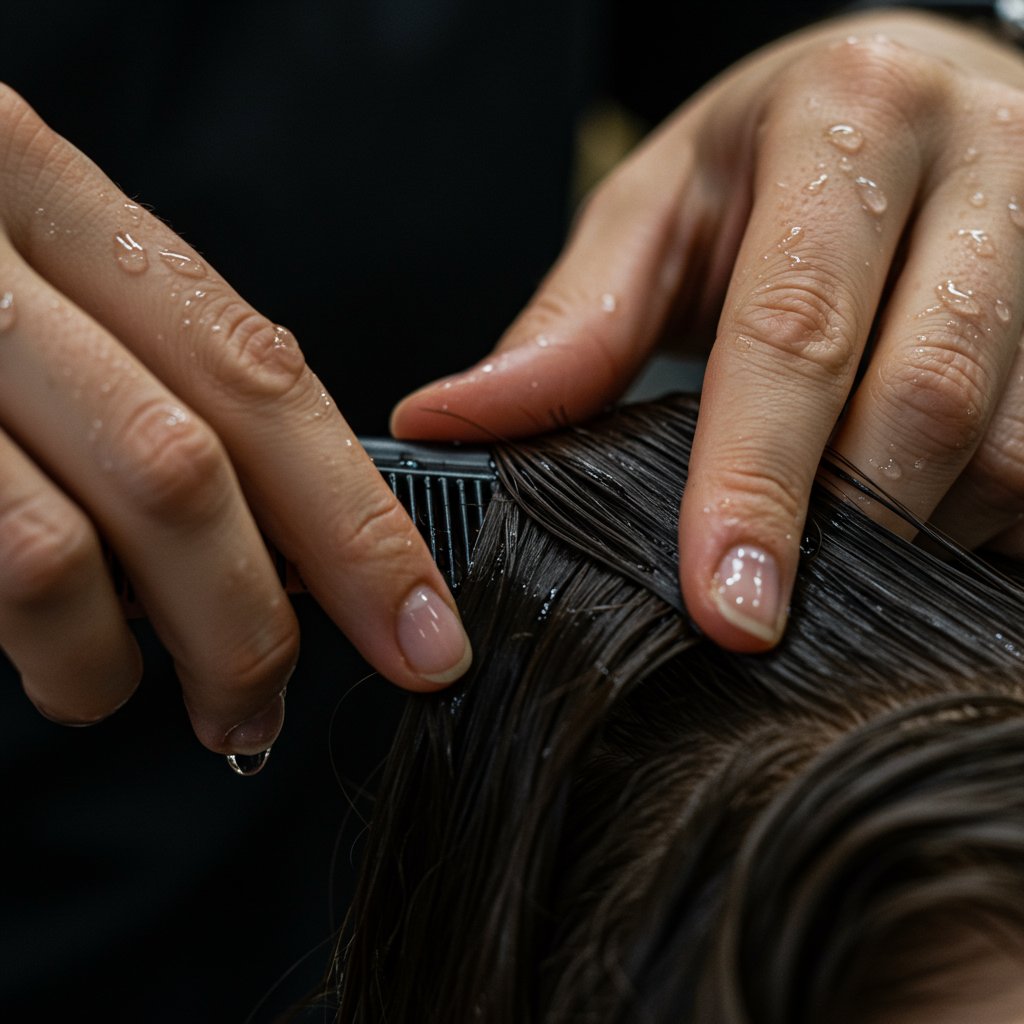
The process of creating authentic finger waves is a true art form that requires immense skill and patience. A stylist would begin with wet hair, liberally applying a setting lotion or gel to give it hold and pliability. Using a fine-toothed comb and their own fingers, the stylist would push and pinch the hair to create a ridge, comb it in the opposite direction to form a trough, and repeat this process down the length of the hair section. Each wave had to be perfectly uniform and seamlessly connected to the next. The hair was then secured with wave clamps or clips and allowed to dry completely, often under a hair dryer, to set the style in place.
This meticulous technique transformed the boyish bob into a work of art. It could be applied to the entire head for an all-over waved look, or used strategically to frame the face and soften the hard lines of an Eton or Shingle crop. The result was a glossy, liquid-like finish that shimmered under the lights of jazz clubs and dance halls. The finger wave demonstrated that short hair could be just as glamorous and feminine as long hair, solidifying the 1920s aesthetic of sleek, controlled elegance.
The Tools of the Trade: Innovations in 1920s Hair Styling
The hair revolution of the Roaring Twenties was powered by significant innovations in hair care products and tools. The rise of the professional salon culture meant that women had access to new technologies and expertise that were previously unavailable. One of the most important inventions was the bobby pin. Patented in the post-war era, this simple, springy clip was essential for securing finger waves and pin curls, replacing the older, less secure straight hairpins.

Setting lotions were another cornerstone of the 1920s look. While commercial products became available, many women and stylists created their own concoctions, often by boiling flaxseed in water to create a natural, effective gel. This 'wave lotion' provided the necessary slip and hold to sculpt hair into perfect finger waves and keep them in place. The invention of the handheld electric hairdryer also began to replace large, cumbersome hood dryers, giving both stylists and women at home more control and speed in styling.
Perhaps the most transformative technology was the permanent wave machine, invented by Charles Nessler. While early versions were intimidating and complex, by the 1920s, the technology had improved, allowing women to achieve long-lasting waves and curls. This 'perm' was a game-changer, offering an alternative to the daily wet-setting of finger waves. It laid the groundwork for the softer, curlier styles that would become popular in the following decades. These tools and products not only enabled the iconic looks of the era but also established the modern hair salon as a central institution in women's lives.
Icons of the Era: The Women Who Defined 1920s Style
The global obsession with Roaring Twenties hairstyles was largely driven by a new breed of celebrity: the movie star. Silent film actresses became the ultimate trendsetters, their looks copied by millions of women worldwide. These icons weren't just wearing hairstyles; they were embodying the spirit of the age.

- Louise Brooks: With her sharp, black, helmet-like bob and blunt fringe, Louise Brooks is arguably the most enduring hair icon of the 1920s. Her look was severe, dramatic, and unapologetically modern. The 'Brooks Bob' was more than a haircut; it was a statement of intellectual and artistic independence, perfectly capturing the avant-garde spirit of the era.
- Clara Bow: Known as the original 'It Girl,' Clara Bow represented the fun-loving, vivacious side of the flapper. Her wild, curly, and often untamed bob was a stark contrast to the sleek waves of others. Her energetic red hair seemed to have a life of its own, symbolizing boundless energy and playful rebellion.
- Josephine Baker: An American-born dancer, singer, and actress who found fame in Paris, Josephine Baker was a trailblazer. She sported a severe Eton Crop, often slicked down and polished to a mirror-like shine. Her look was bold, exotic, and incredibly chic. As a prominent Black entertainer, her influence was immense, challenging both racial and gender stereotypes with her powerful presence and cutting-edge style.
These women, along with others like Gloria Swanson and Colleen Moore, used their public platform to push the boundaries of fashion. They demonstrated the versatility of short hair, showing it could be sophisticated, playful, dramatic, or chic. Their influence was so profound that their hairstyles are still referenced and revered today, standing as a testament to their timeless appeal and the revolutionary power of a great haircut.
The Modern Revival: Bringing the Roaring Twenties into the 21st Century
A century later, the hairstyles of the Roaring Twenties continue to captivate and inspire. The bob has never truly gone out of style, but it consistently re-emerges on runways and red carpets as a symbol of chic modernity. Today's interpretations often feature softer lines, textured ends, or asymmetrical cuts, but the fundamental spirit of the classic 1920s bob—bold, liberating, and effortlessly stylish—remains.
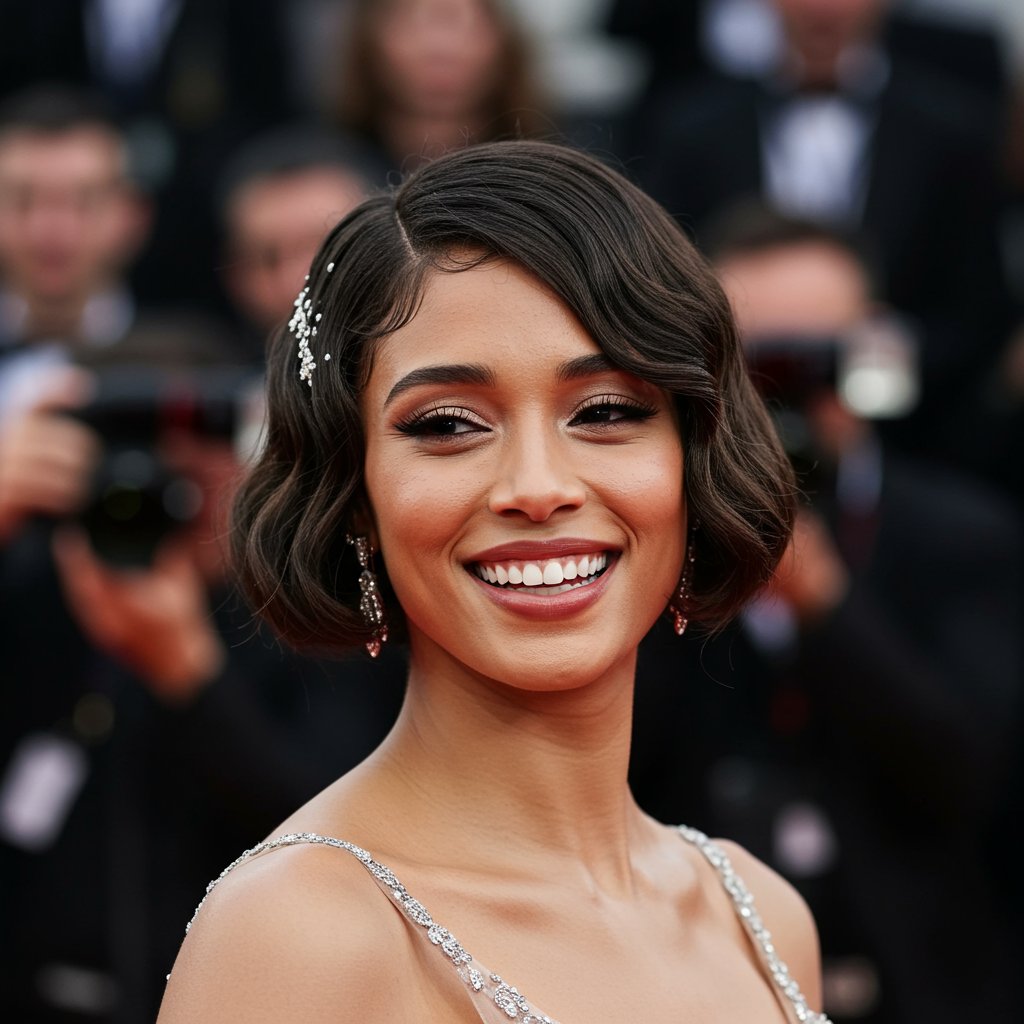
Finger waves have also made a significant comeback, though often in a more subtle, contemporary way. Modern stylists incorporate them as an accent to frame the face on a pixie cut or to add a touch of vintage glamour to an elegant updo. Instead of the all-over, wet-look wave of the 1920s, today's finger waves might be dry-styled using a flat iron or wand to create a softer, more touchable 'S' wave. This fusion of vintage technique with modern styling creates looks that are both nostalgic and completely fresh.
Celebrities frequently turn to 1920s-inspired looks for major events, proving the era's enduring appeal. A sleek, jaw-length bob or a beautifully sculpted wave pattern adds an instant dose of old-Hollywood glamour. This modern revival demonstrates the timelessness of the Roaring Twenties aesthetic. It's a testament to how these revolutionary styles, born from a desire for freedom and self-expression, can still speak to us today, offering a perfect blend of rebellion and refinement.
Tips for Achieving the 1920s Look Today
Thinking of embracing the spirit of the Jazz Age? Achieving a 1920s-inspired look requires careful consideration and the right techniques. Whether you're opting for a sharp bob or delicate finger waves, here are some professional tips.
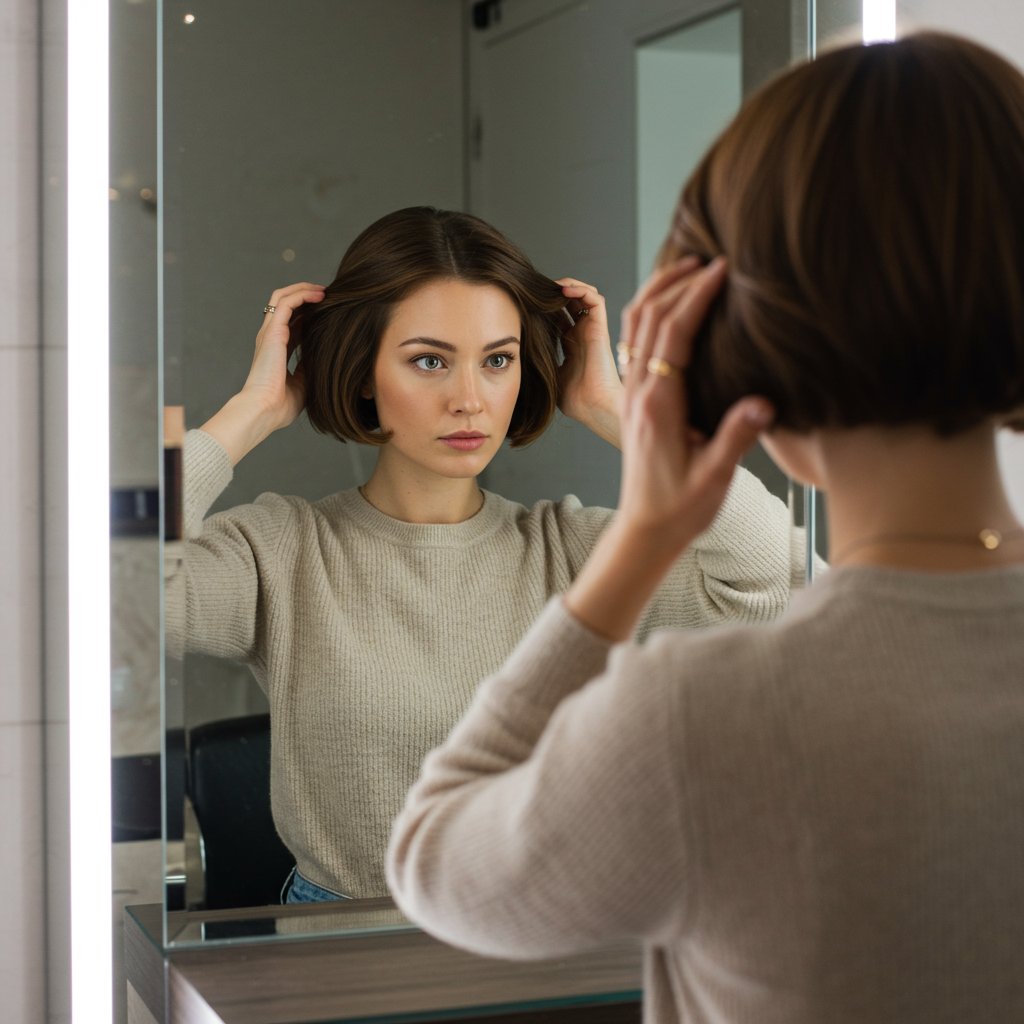
Choosing the Right Bob for Your Face Shape
Not all bobs are created equal. To ensure your cut is flattering, consult with an experienced stylist about the best length and shape for you. A stylist can assess your face shape, hair texture, and lifestyle to recommend the perfect modern bob. For example, a jaw-length bob can beautifully accentuate a strong jawline, while a softer, slightly longer 'lob' might be more versatile for those who prefer more styling options.DIY vs. Professional Salon for Finger Waves
While it's possible to learn to create finger waves at home, achieving the authentic, polished look of the 1920s is extremely challenging. The technique requires precision, the correct product consistency, and a lot of practice. For a special event or a truly flawless finish, visiting a professional salon is highly recommended. A stylist skilled in vintage hairstyling can sculpt perfect, long-lasting waves that are tailored to your hair type and cut, ensuring a stunning and authentic result.Essential Products for a Vintage Finish
To get that classic 1920s sheen and hold, the right products are crucial. A strong-hold gel or setting lotion is non-negotiable for creating wet-set finger waves. Look for products that provide firm control without flaking. A high-shine finishing spray or a touch of pomade will help you achieve that signature glossy, polished look. For styling, a fine-toothed comb is essential for creating clean partings and precise wave patterns. Investing in quality products will make all the difference in recreating the era's signature glamour.Frequently Asked Questions about 1920s Hairstyles
Q1: What is the difference between a finger wave and a marcel wave?
A finger wave is created on wet hair using fingers, a comb, and setting lotion, resulting in waves that lie flat against the head. A marcel wave, named after its inventor François Marcel, is created on dry hair using a heated curling iron (marcel tongs). Marcel waves tend to have more volume and a rounder shape compared to the flatter 'S' shape of finger waves.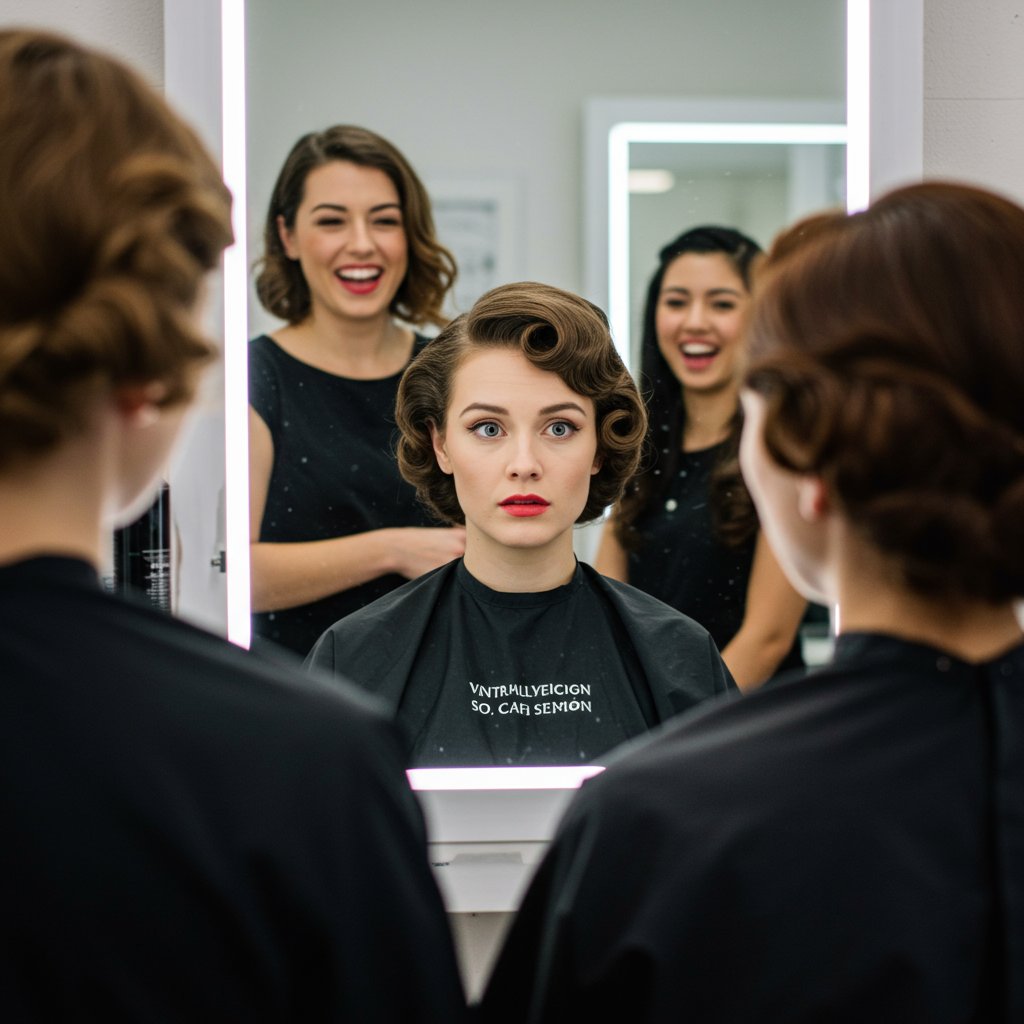
Q2: Was the bob haircut really controversial in the 1920s?
Absolutely. The bob was seen as a radical act of rebellion. Sermons were preached against it, some employers fired women who cut their hair, and it was often a source of major family conflict. For many, long hair was the ultimate symbol of traditional femininity, and cutting it was a shocking rejection of those values.Q3: How long do professionally set finger waves last?
When done correctly by a professional stylist using strong-hold products, finger waves can last for several days. To preserve them, it's best to sleep with a silk or satin scarf wrapped around your head to protect the waves from friction and frizz.Q4: Can you do finger waves on long hair?
Yes, you can. While most commonly associated with short bobs, the finger wave technique can be applied to the top sections of long hair to create a vintage look, often leading into soft curls or a chic updo like a chignon at the nape of the neck. This is a popular way to incorporate 1920s glamour into modern long hairstyles.Q5: What kind of makeup complements Roaring Twenties hairstyles?
The classic 1920s makeup look is just as iconic as the hair. It features a pale, matte complexion, thin, downward-sloping eyebrows, dark kohl-rimmed 'smoky' eyes, and a very defined, dark red 'Cupid's bow' lip, where the lipstick is focused on the center of the mouth.Q6: Who is credited with inventing the bob haircut?
While short hair has existed in various cultures for centuries, the modern bob is often credited to two key figures. In Paris, the Polish-born hairdresser Antoine de Paris began creating the cut for his celebrity clients around 1909. In the United States, dancer Irene Castle popularized her 'Castle Bob' around 1915 after cutting her hair for convenience. Both were instrumental in bringing the style into the mainstream.Conclusion: The Enduring Legacy of an Iconic Era
The Roaring Twenties was more than just a decade; it was a cultural earthquake that forever altered the social landscape. The bob and the finger wave were not just hairstyles; they were the visual soundtrack to this revolution. They represented a break from the past, a stride towards the future, and a powerful declaration of female independence and self-expression. The sharp lines of the bob and the sculpted elegance of the finger wave created a new beauty ideal—one that was modern, dynamic, and unapologetically bold.

Today, the influence of these styles is undeniable. They are a cornerstone of vintage fashion and a constant source of inspiration for contemporary hair artists. Their return to red carpets and fashion magazines speaks to their timeless design and the powerful story they tell. The story of the Roaring Twenties hair revolution is a potent reminder that a haircut can be more than just a haircut—it can be a symbol of change, a work of art, and a timeless expression of personal style that echoes for a century and beyond.


